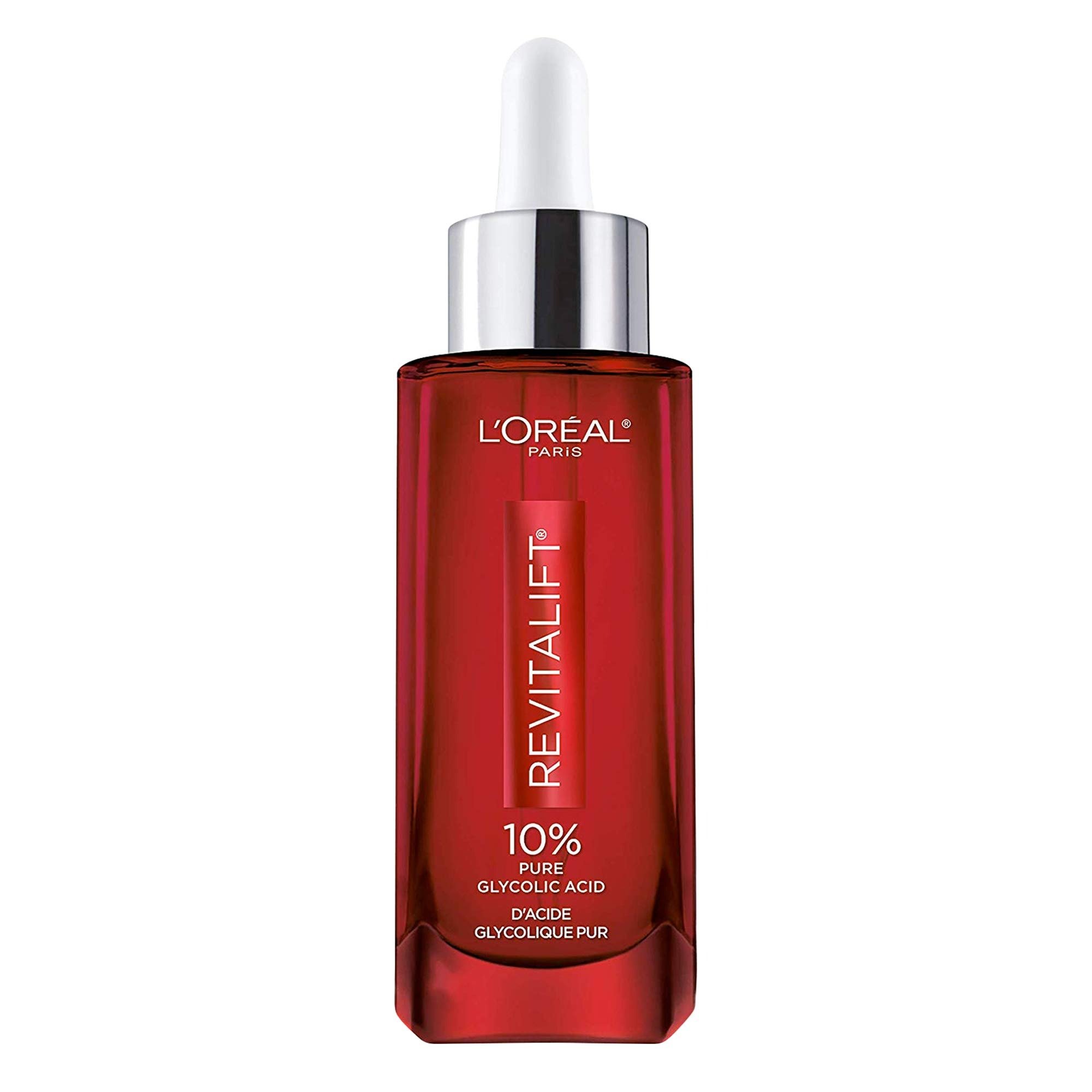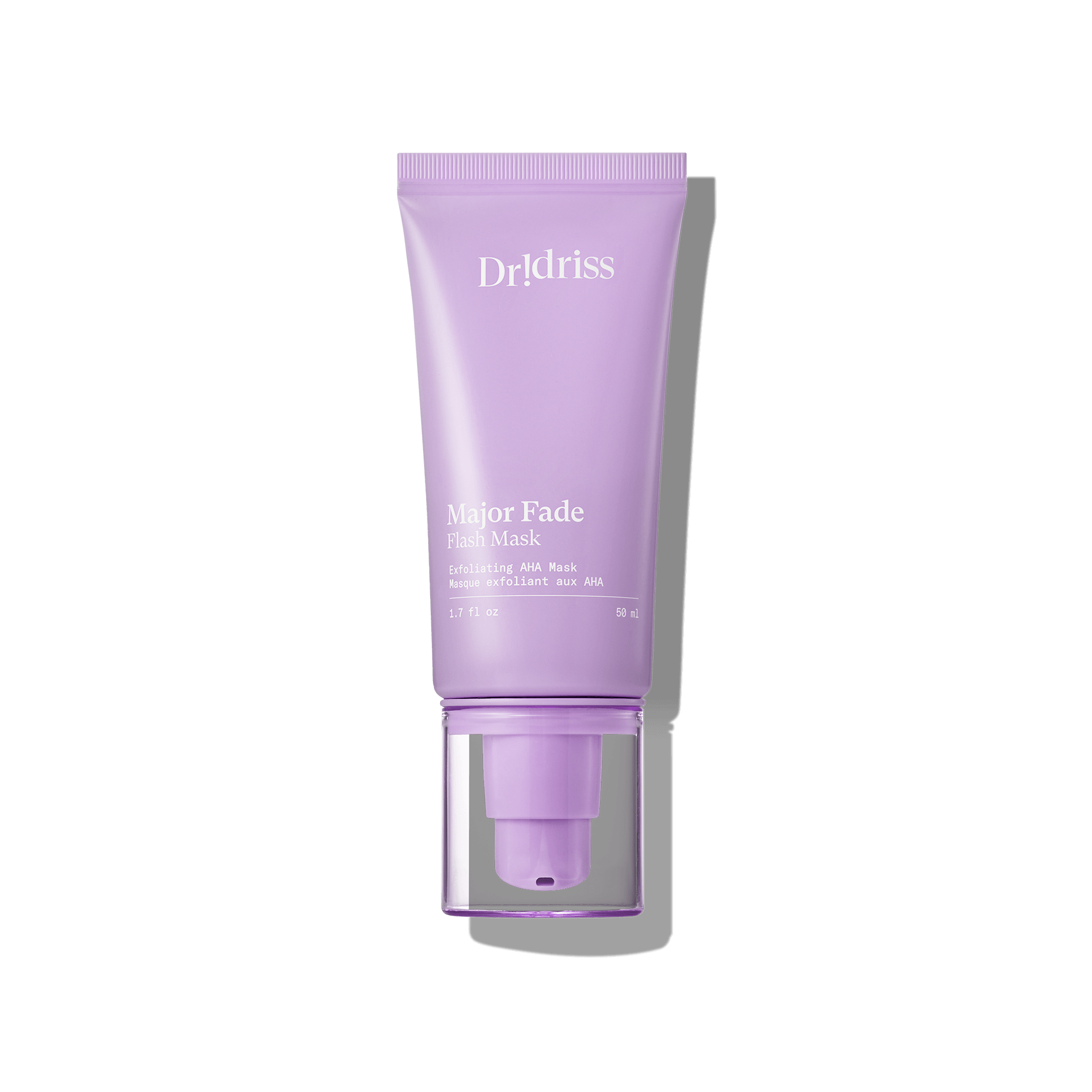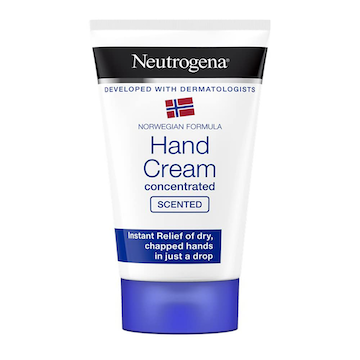Soft Power: Glycolic Acid
The small rituals of personal care often reveal more than they conceal: a balm for winter lips, a nightly cream smoothed into the back of the hand, a discreet glass vial lined up in a bathroom cabinet. Few ingredients have earned their place in this domestic theatre quite like glycolic acid, the alpha hydroxy acid that’s been quietly transforming skin behind the scenes for decades.
First discovered in sugarcane, glycolic acid’s appeal lies in its paradoxes: it’s at once punchy and precise, clinical yet sensuous, rigorously backed by science yet underwritten by something softer: its ability to reveal radiance, texture, glow. And while it’s long been the darling of facial exfoliants, its talents extend far beyond the jawline. The real luxury lies in knowing how, and where, to let it shine.
Before the tips and tinctures, though, a little chemistry. Glycolic acid is the smallest molecule in the AHA family, which gives it a unique ability to penetrate the skin’s outermost layers and reach deeper tissues. That’s what makes it so effective: not just at sloughing off dead skin, but at triggering longer-term changes: collagen production, improved texture, a gradual lifting of hyperpigmentation. But these benefits often tread the fine line between cosmetic and pharmaceutical, territory that’s tightly regulated in many countries, and often left under-discussed by the very brands that bottle it.
At low concentrations (say, 7% to 15%) glycolic acid doesn’t just exfoliate; it nudges the skin into self-renewal. Fine lines soften, roughness dissolves, and uneven tone becomes the opposite. It even helps the skin hold moisture better by boosting natural hyaluronic acid production. The result? Skin that feels not only smoother, but more supple,like it’s been quietly drinking from some internal wellspring.
But if glycolic acid’s strengths are well documented on the face, they’re only just beginning to be explored across the rest of the body. Here, in the larger expanses of skin and the overlooked zones, the ingredient reveals itself in new ways: as a remedy, a polish, and, most interestingly, as a tool for pleasure.
1. The Lip Secret
Think of the kind of dry, unforgiving winter that cracks even the most resilient lips. Nothing worked—neither Vaseline nor Aquaphor, nor any of the classic apothecary heroes. In a moment of desperate improvisation, a 10% glycolic acid serum, L’Oréal’s now cult-favourite version, was dabbed onto the lips, then sealed in with an ointment. The result? Not just exfoliation, but a new kind of softness, one that allowed moisture to sink in and stay.
The technique, later dubbed “lip basting,” has since been refined with gentler cousins of glycolic acid, such as gluconolactone. These polyhydroxy acids are ideal for more sensitive areas: think lips, the delicate under-eye, even the eyelids if one is feeling brave. The sensation is not harsh but buttery, like smoothing warm jam onto toast. For the curious, The Ordinary’s 7% Glycolic Acid Toner paired with a rich ointment like CeraVe’s Healing Ointment offers a reliable entry point.
2. Scalp Intelligence
Not all dandruff is created equal. For those whose flakes seem immune to classic zinc- or selenium-based shampoos, dryness rather than oiliness may be the true culprit. Here, glycolic acid reveals another trick: as a gentle, pre-wash scalp exfoliant. Applied with a pointed nozzle (The Ordinary’s formulation again proves handy), it loosens dead skin and restores hydration, preparing the scalp for better moisture retention. Part wellness, part solution, and entirely satisfying.
3. The Underarm Enlightenment
The armpit, long the domain of aggressive deodorants and rushed morning routines, is undergoing a slow rehabilitation. Glycolic acid, with its gentle clarifying powers, is surprisingly effective not only at controlling odour but at addressing the uneven pigmentation that often shadows this area.
One could decant a glycolic toner into a rollerball bottle or simply apply with a cotton pad before bed, letting the acid do its work overnight.
4. Body Language
Knees, elbows, décolleté: these are not problem areas so much as forgotten ones. But here too, glycolic acid offers a kind of quiet restoration. Whether in the form of a 15% flash mask or a milder daily lotion, regular use smooths out tone and softens texture, making skin feel more like silk and less like afterthought.
For those dealing with post-surgical pigmentation, be it from a breast reduction or a C-section, the ingredient serves a dual role: as a lightener and as a fortifier, gently supporting the fading of scars without disrupting the skin’s natural rhythm. It’s no miracle, but over time, the changes become quietly visible.
5. The Armistice
Keratosis pilaris, the rough, bumpy “chicken skin” that haunts the backs of arms and thighs, is often misunderstood. What it needs is not violence, but finesse: a short, targeted mask with glycolic acid followed by a moisturiser rich in urea, such as Isdin Ureadin Lotion. Together, they form a duet of exfoliation and hydration that smooths without stripping.
There are ready-made solutions too, like Nécessaire’s Body Peel, for those who prefer their routines pre-curated. But the bespoke pairing remains hard to beat.
6. Hands, Reconsidered
In a season where gloves become a necessity and central heating saps all moisture from the air, the hands are quietly battered. A homemade hand mask (glycolic acid followed by Neutrogena’s Norwegian Formula and sealed with cotton gloves) restores dignity to even the most parched palms.
It’s a ritual best performed while watching a film or reading something slow. And for those whose fingertips bear callouses from weightlifting or cold-weather cycling, the effect is nothing short of transformative.
7. Cuticle Culture
The nail bed, like the neck, gives away more than we realise. For cuticles prone to peeling or dryness, a quick swipe of glycolic acid, followed by cuticle oil, helps maintain that just-manicured look with minimal effort. Again, the nozzle bottle wins points for precision; the smallest gestures are often the most satisfying.
8. The Winter Footnote
Pedicures may taper off as the temperatures drop, but feet deserve year-round care. Here, glycolic acid becomes a pre-sleep indulgence: applied generously to soles and heels, wrapped in cling film or soft socks, left overnight. Come morning, exfoliation gives way to a kind of plump smoothness, a whisper of summer in the middle of January.
9. The Tanning Tonic
A good self-tan is a balancing act between artifice and illusion. Glycolic acid helps prep the canvas: smoothing knees, elbows, ankles, those bony, high-friction zones where pigment tends to collect and cling. A 20-minute pre-tan treatment ensures that the final glow reads as seamless, not spotted.
It’s not about pretending to have spent a weekend in the Algarve. It’s about looking like you belong there.
There is a certain pleasure in skincare that goes beyond efficacy. It’s tactile, ritualistic, and deeply personal. Glycolic acid, in this context, is not merely a tool of transformation, it’s a partner in routine, a gentle corrective that slots effortlessly into a rhythm of self-care. Its virtues are cumulative rather than explosive, the results slow-building rather than dramatic.
And perhaps that’s what makes it so compelling. In a world of instant fixes and loud claims, glycolic acid offers something else: a quiet sense of progress, a feeling of agency, and above all, a small but daily act of refinement.
The products may come and go, droppers replaced with pumps, tubes with rollers, but the ingredient remains.




















